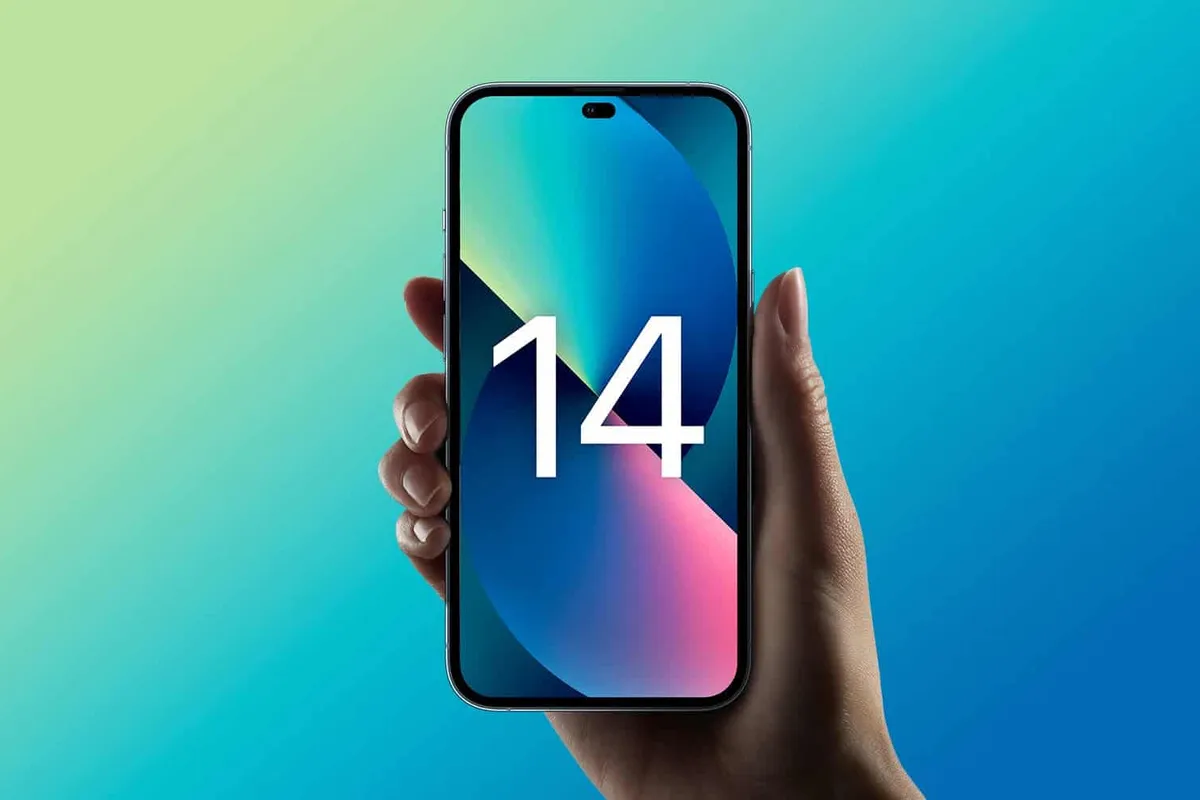Last week, analyst Ming-Chi Kuo reported that Apple is expected to opt-out of using its new A16 chip on all of its iPhone 14 models this year. Indeed, only the Pro and Pro Max versions would be entitled to the A16 Bionic and the new screen with a double hole, while the iPhone 14 and iPhone 14 Max models will have to make do with a chip very similar to that of the current iPhone 13.
To avoid criticism, Apple would have slightly modified the A15 chip engraved in 5nm and should finally name it A16; while the chip of the Pro models will be named A16 Pro. It is therefore expected that this new A16 chip will not be revolutionary compared to the previous generation.
Apple reportedly decided against the 4nm A16 Pro chip on its iPhone 14 and 14 Max due to production issues with the next-gen processor. This would not be the only one to be impacted, since the future M2 chip of the MacBook Air 2022 would also encounter difficulties on the production lines.
iPhone 14: Apple would use a modified version of the A15 chip of the iPhone 13

As a reminder, this is not the first time that Apple has decided to opt for a different SoC on the same generation of smartphones. The last time the giant adopted this strategy was with generation 5. The iPhone 5S took advantage of the new A7 chip; while the less expensive iPhone 5C model got an A6 chip.
On the current generation, it should also be remembered that although Apple used an A15 chip, it is not identical on all models, since the A15 chip of the iPhone 13 Pro takes advantage of more GPU cores than the A15 chip from the iPhone 13 and an additional 2 GB of RAM. However, unlike the iPhone 13, the performance difference should be quite significant on the next generation.
Finally, it should be remembered that the new iPhone 14 range will see its prices increase this year; due to the abandonment of the mini model. The classic iPhone 14 should still start at $799; but the new Max model should be positioned $100 above, at $899.

Online sources have recently published CAD renderings of the iPhone 14 Pro smartphone; which Apple is expected to announce in the second half of this year; along with other representatives of the iPhone 14 series.
Instead of a wide cutout, two holes will be located in its upper part - an elongated and a round one. They will be equipped with Face ID sensors and a front camera. The screen refresh rate will be 120 Hz.






Place comments
0 Comments
You are currently seeing only the comments you are notified about, if you want to see all comments from this post, click the button below.
Show all comments